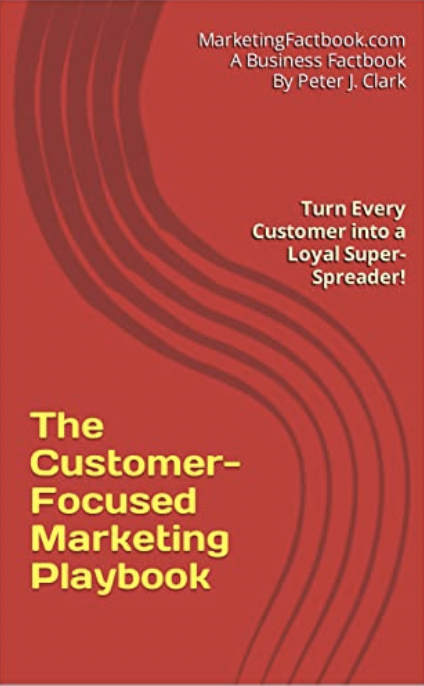Email marketers face more 'no email days'
November 11th 2011 was unofficially dubbed 'National No Email Day' in the US. Perhaps it was a surprising idea, but the Facebook group set up to mark the event was so active that it appeared that a lot of people were taking it very seriously in a bid to 'be more productive', according to Sam Cece, CEO for StrongMail, who suggests several ways in which email marketers could avoid being sidelined in the future.
The so-called No Email Day was hyped as a way to 'be more productive with your time' and, as its manifesto made clear, it stemmed from the all-too-common frustration of having an over-crowded inbox. Judging by the interest shown, it appears that many people share these frustrations and would dearly love to reduce their email count to closer to zero.
Some good strategies were offered for email users that wanted to reduce the amount they read and send but, for all its admirable objectives, No Email Day had one fundamental flaw: most people do still choose email as their preferred communication channel because it's quick, easy, convenient, and free. The aim therefore shouldn't be to abolish email altogether, but to make sure that companies get better at sending relevant, timely and necessary messages.
According to a recent survey by Econsultancy, 44% of UK consumers choose email as their preferred customer service channel, despite the fact that only 33% think it is the most effective channel. This suggests that email is a channel that remains very much in demand, but that there is also a definite malaise among those who doubt its continued importance.
So where are marketers going wrong? Relevant, targeted emails have been shown to drive 16 times more revenue than traditional broadcast mailings. But, despite this fact, a surprisingly large number of companies continue to blast the same exact email to all of their customers. As a result, many businesses are still only scratching the surface of email's true potential. For any marketer seeking to add to the value of the email channel, these simple steps provide an easy, affordable and profitable way to begin that process:
- Understand and manage expectations
No matter how you add contacts to your database, it is important that you manage expectations during the sign-up and welcome process. It is during this initial interaction that the end users will get their first impression of whether or not your emails will be relevant to them. And I shouldn't need to stress how important first impressions are. - Make the most of customer data
Never assume that because people originally signed up to your emails, they will always find your messages interesting and relevant. This is where your data really proves its worth. It's time to get to know your customers. A great deal of customer data can be obtained during the sign up process, but it is important that it doesn't end there. You need to look at all internal systems that contain customer data, such as purchases, browsing behaviour and support calls. Customer feedback should be considered a valuable source of information. By measuring responses of your email outreach, you will be able to build a deeper understanding of your customers. This will help to ensure that all your communications are timely and relevant, which in turn will give you a greater competitor advantage. - Cater to the customer lifecycle
Increased conversations, efficiencies and better customer insight are a few examples of what can be accomplished with lifecycle messaging. By delivering messages triggered by specific customer activities, such as a purchase, review or cart abandonment, companies have been able to increase the performance of their email messaging by 15 times. What is more, the capabilities of lifecycle messaging can be fully automated, and performed with drag-and-drop simplicity. A recent global survey of business executives, conducted by StrongMail, showed that 54% of companies are still not making the most lifecycle messaging. But with such clear benefits on offer, and the reputation of the email channel on the line, this is a figure StrongMail expects to rise substantially over the next 24 months.
So, if you are still unsure as to whether these basic email marketing best practices are the right way to go, think about No Email Day. Fail to address the shortcomings of the email channel and the resistance to it will only increase. But, if you get to know your customers, send them relevant emails based on their preferences and known behaviours, you can shift the focus of your messaging to what suits the customer instead of your own corporate agenda.
Sources: StrongMail / The Marketing Factbook.
Copyright © 2011 - 2025 The Marketing Factbook.
Categorised as:
- Customer Experience
- Knowing The Customer
- Marketing Know-How
- Marketing Technology
